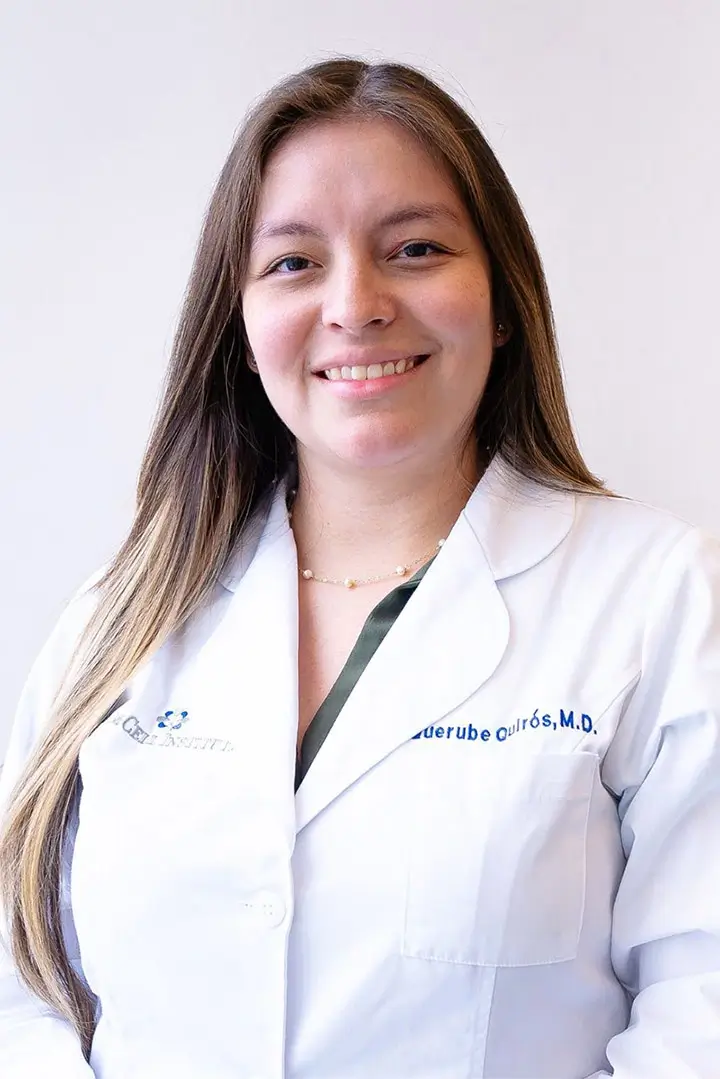(Neharika Sabharwal) After a heart attack the myocardium (heart muscle) undergoes a period of damage during which cells of the body attempt to heal the injured tissue. This occurs through stem cells found in the heart itself, called cardiac specific stem cells (CSC) as well as bone marrow stem cells which seem to exit the bone marrow, enter circulation, and migrate towards the area of cardiac damage.
Given that the bone marrow stem cells seem to both directly become new heart cells, as well as stimulate formation of new blood vessels that accelerate the healing process, it may be theoretically beneficial to administer bone marrow stem cells to patients after a heart attack. Administration of stem cells is usually performed in these patients by means of a balloon catheter. This device temporarily occludes the artery that is feeding the blood vessel that provides circulation to the area of the injured muscle. While occlusion is occurring cells are administered. This allows the cells to enter the cardiac circulation in a highly concentrated manner. This type of stem cell therapy is termed “post-infarct intracoronary administration of stem cells”.
The use of intracoronary bone marrow transplantation has been published in many clinical trials with overall success in stimulating heart muscle function as judged by the left ventricular ejection fraction. Additionally, bone marrow stem cells have been demonstrated to reduce pathological remodeling by inhibiting the dilation of the ventricles that occurs after a heart attack.
While short-term effects of bone marrow stem cell administration are well-known, little is known about long term effects. A recent study, called the STAR Heart Study, aimed to compare bone marrow cells versus optimal conventional therapy in patients with heart failure due to healed myocardial infarction.
The study demonstrated that intracoronary bone marrow stem cell therapy not only improves ventricular performance and quality of life but also the long term rate of survival in patients with chronic heart failure, claims a new study.
According to researchers, the beneficial effects of stem cell therapy were perceived within three months of the treatment and the effect continued for well over five years. Lead scientist of the study, Bodo-Eckehard Strauer of Duesseldorf’s Heinrich Heine University in Germany said, “Our study suggests that, when administered as an alternative or in addition to conventional therapy, bone marrow cell therapy can improve quality of life, increase ventricular performance and increase survival.”
Currently several companies are developing devices that allow for the use of patient’s own stem cells for intracoronary administration post infarct. One such company is the Hackensack NJ based Amorcyte Inc, which uses standard bone marrow extraction procedures, isolates CD34 positive cells using the Baxter Isolex device, and subsequently infuses the isolated cells using a catheter based technique. The company Aldagen is also performing a similar procedure, however instead of purifying stem cells based on CD34 they are using aldehyde dehydrogenase expression as a means of isolating stem cells from non-stem cells from the bone marrow.
The STAR study was reported at the ‘European Society of Cardiology (ESC) 2010 Congress. It tracked 391 patients with chronic heart failure because of ischemic heart disease following a heart attack. Out of 391 patients, 191 agreed to have the bone marrow stem cell treatment. The remaining 200 who refused therapy participated as the control group.
The patients were monitored for a period of five years after bone-marrow-cell therapy with results at 3 months, one year and five years showing a significant difference between the treatment and control group. At five years only 7 patients who received stem cells died, as compared to 32 in the control group. No treatment associated adverse events of a serious nature were observed.
Dr Mariell Jessup, medical director of the Penn Heart and Vascular Center at the University of Pennsylvania stated, “The hope is that by injecting stem cells into the scarred area, you will bring life back to that area and induce healthy muscle…There’s been ongoing excitement about using stem cells to treat heart disease for some time and this study certainly adds to it.”

